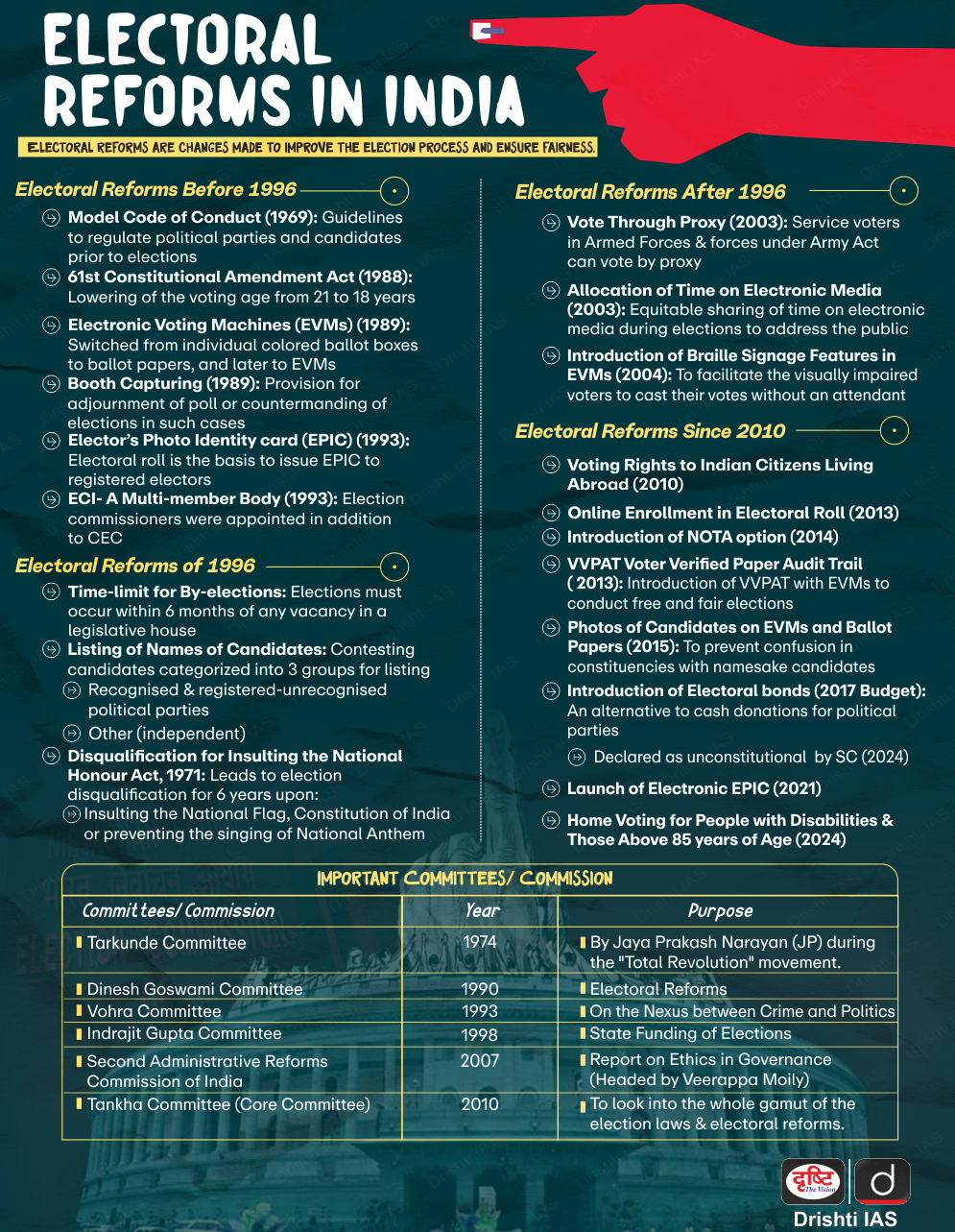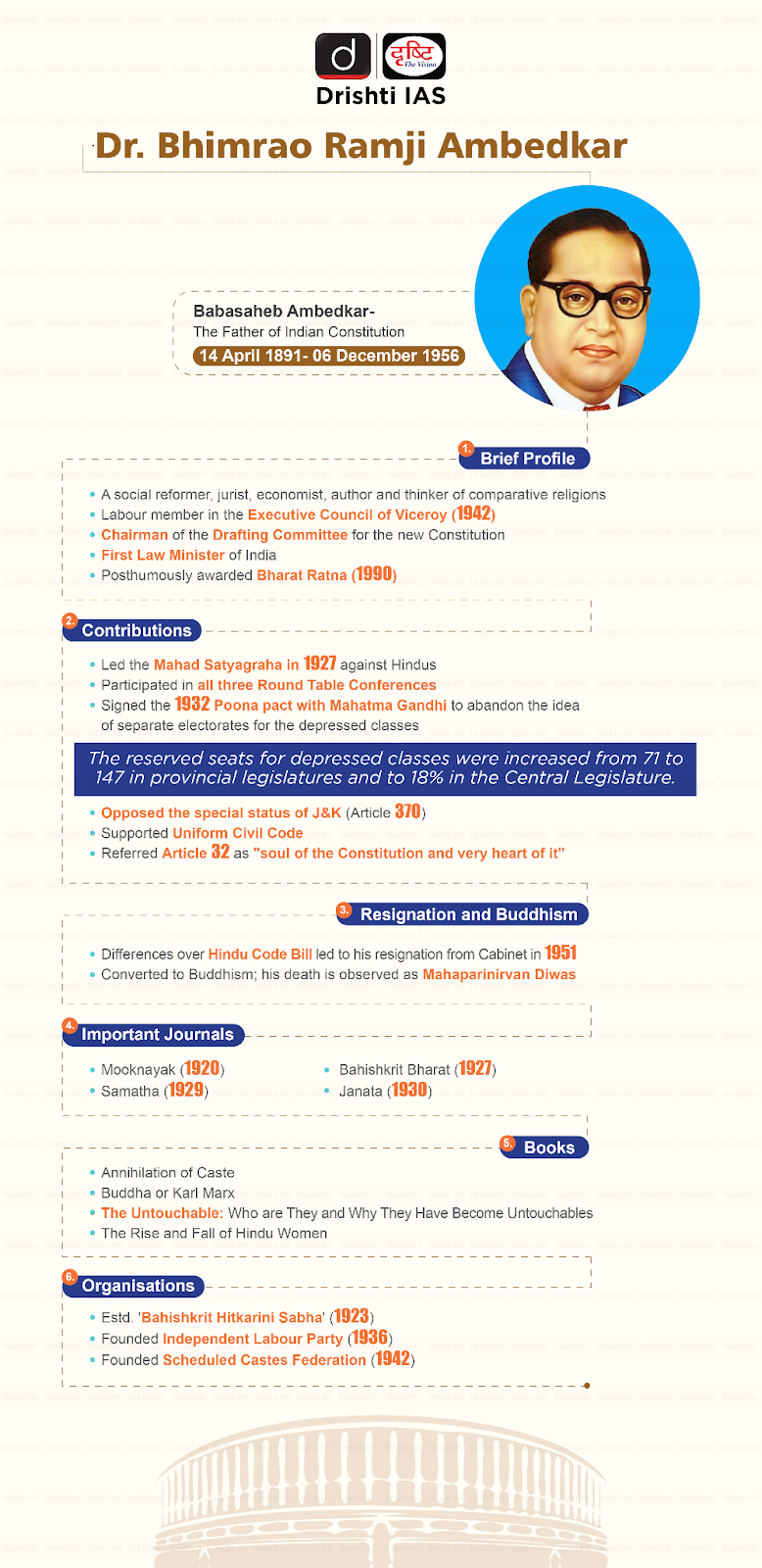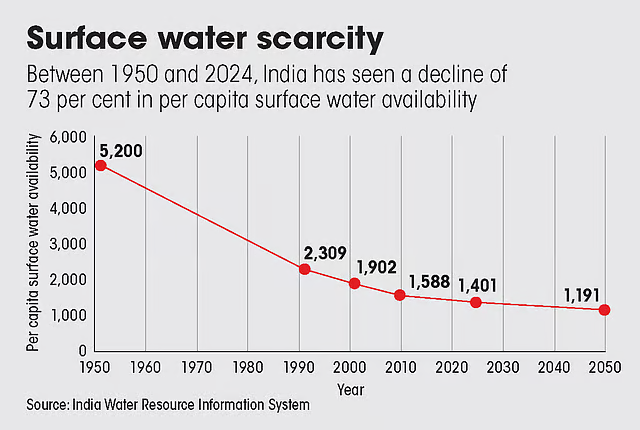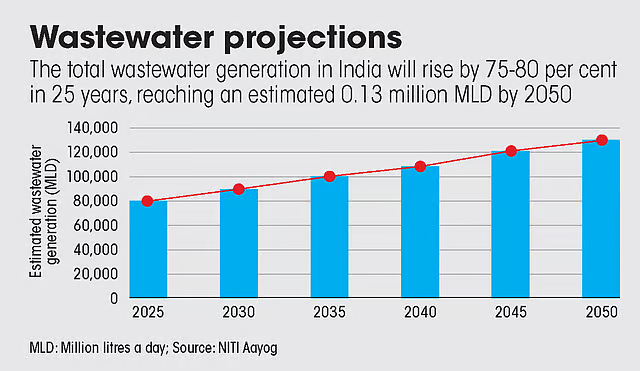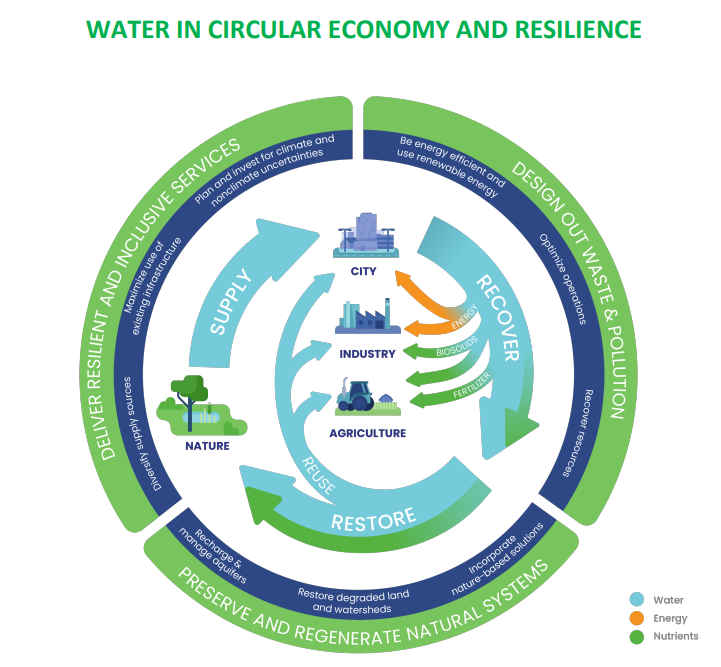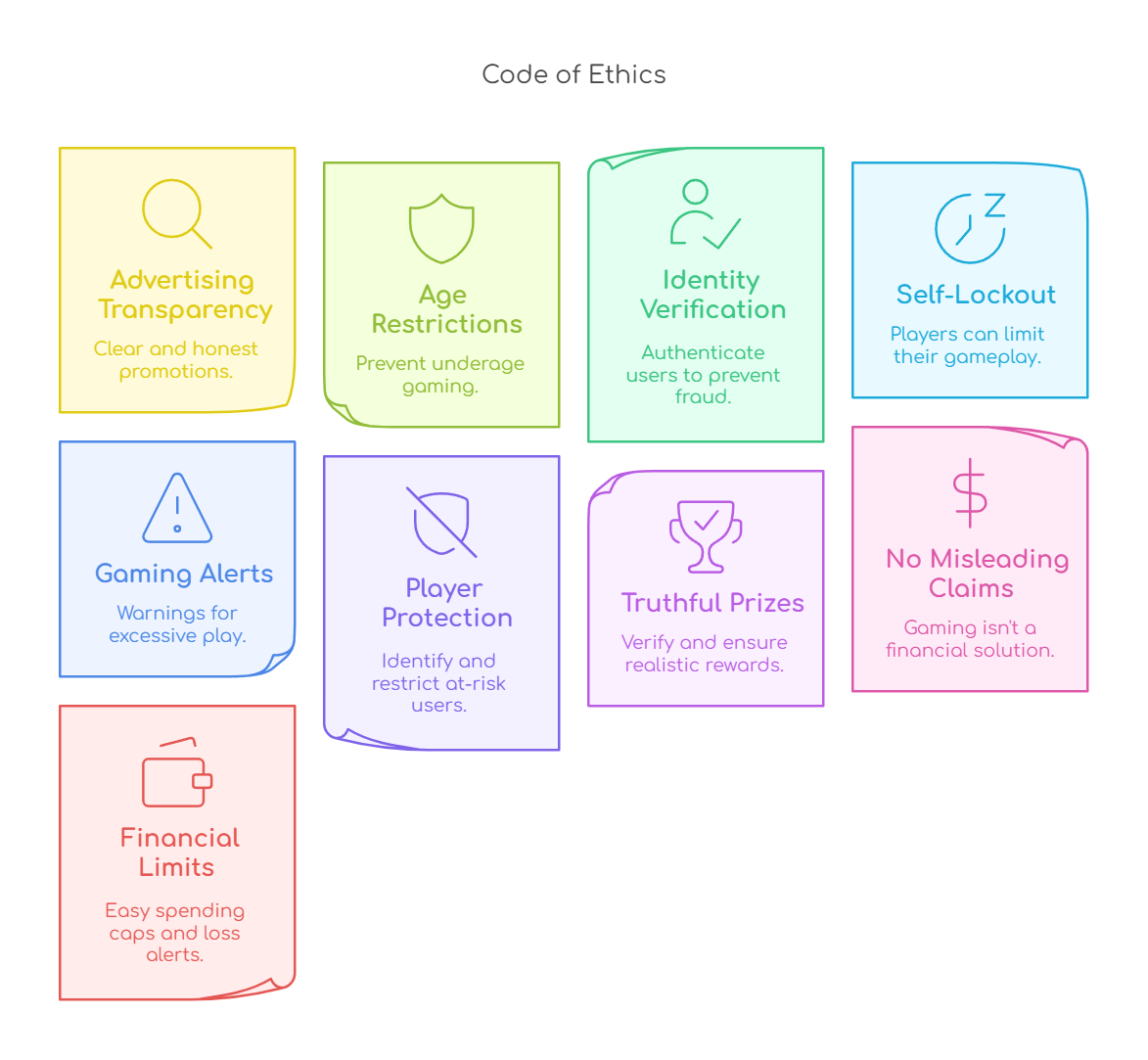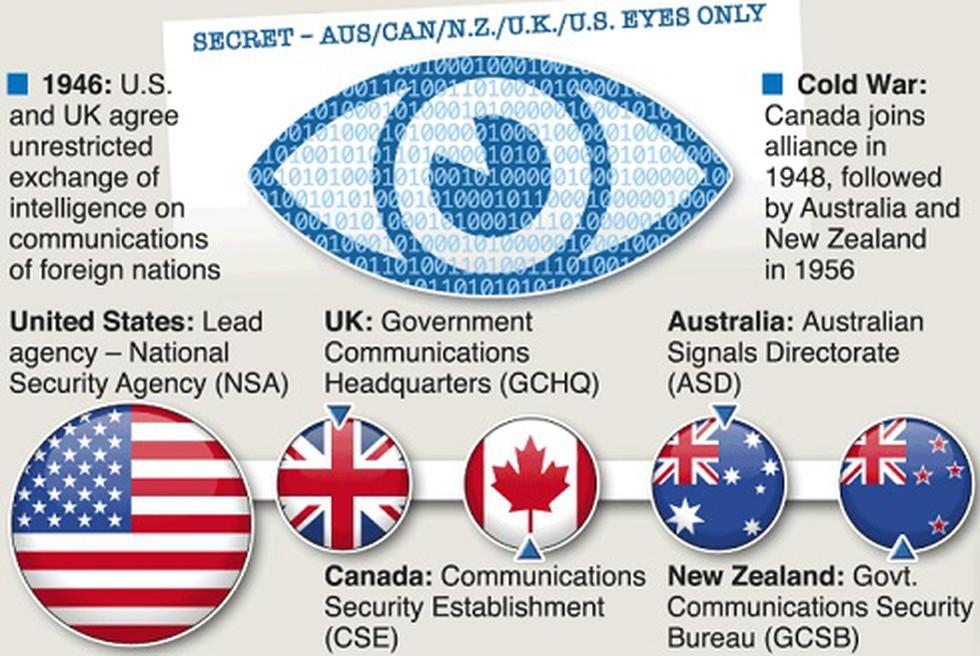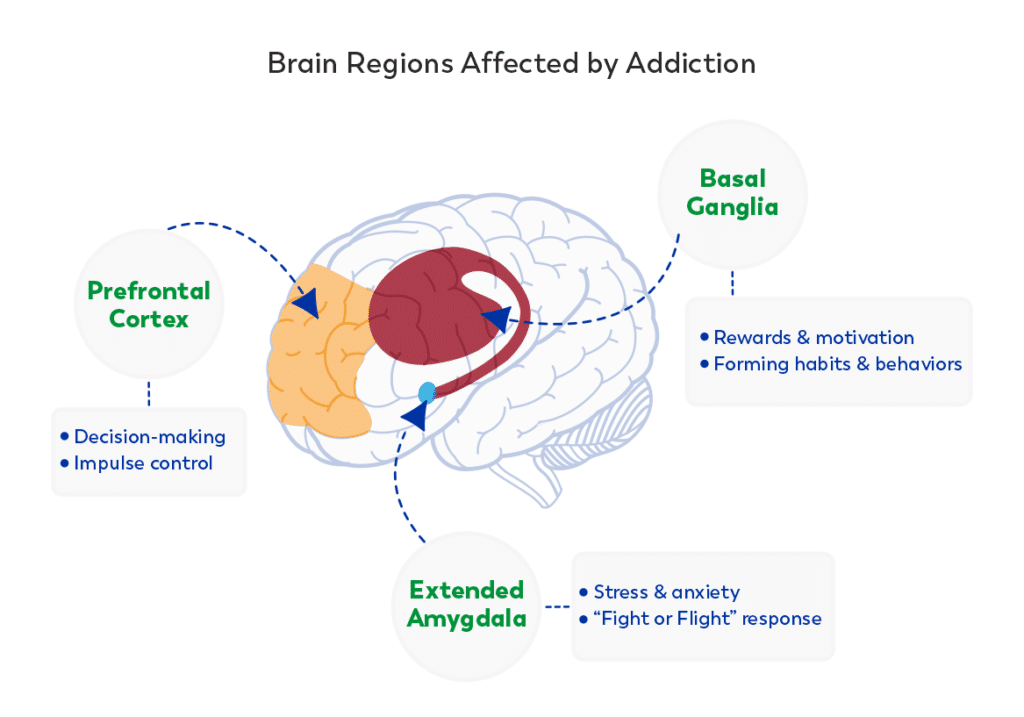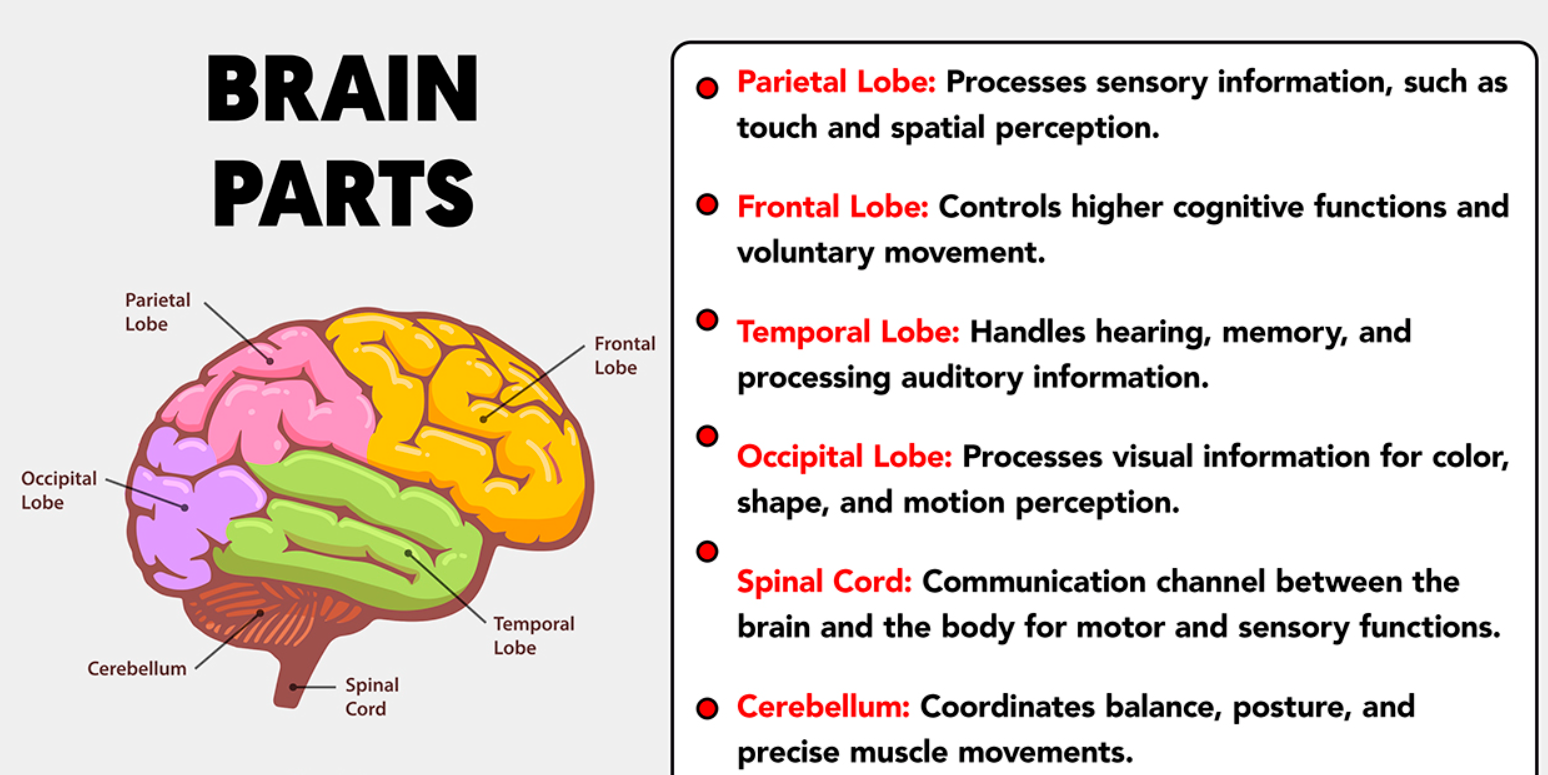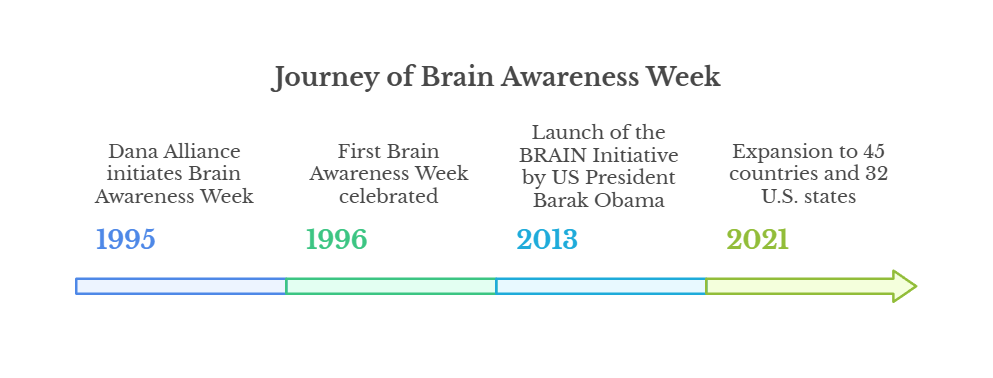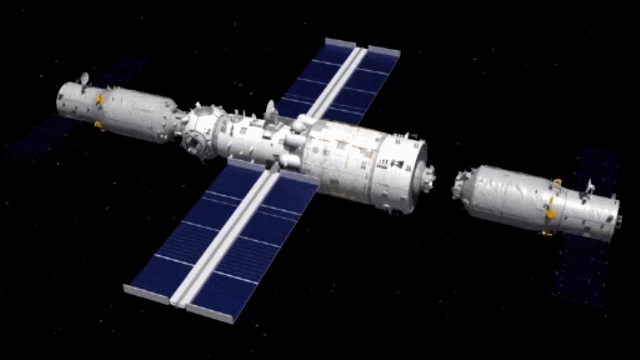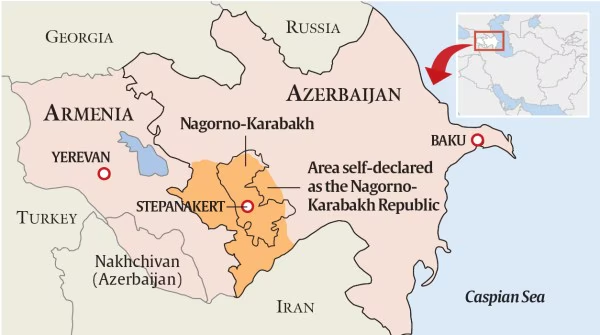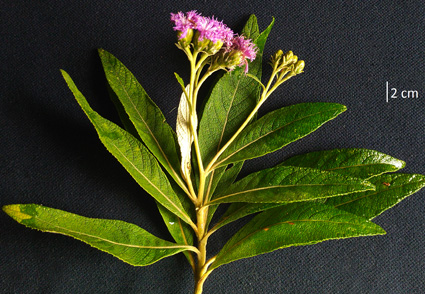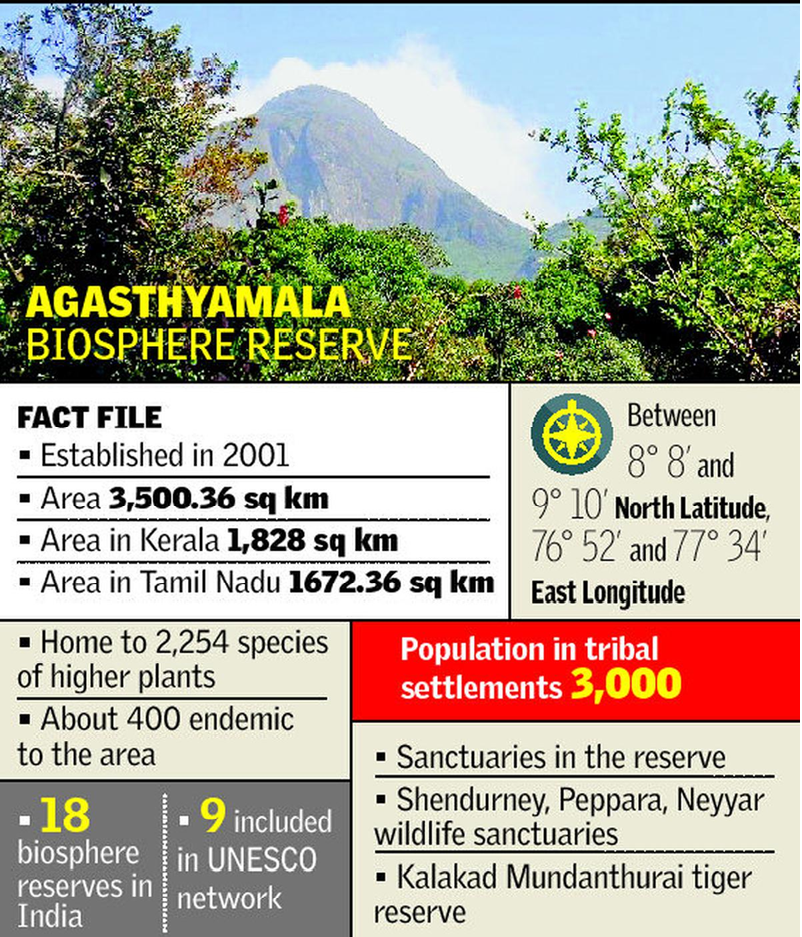Governance
Electoral Reforms in India
For Prelims: Election Commission of India (ECI), Electors Photo Identity Card (EPIC), RPA, 1951, EVM, VVPAT, ERONET (Electoral Roll Management System), Star Campaigners, Totaliser Machines, Model Code of Conduct (MCC), Law Commission, ARC.
For Mains: Concerns in India’s electoral process and ways to address them.
Why in News?
The Election Commission of India (ECI) has invited political parties to discuss strengthening elections amid allegations of electoral roll manipulation and duplicate Electors Photo Identity Card (EPIC) numbers.
What Are the Legal Provisions Governing Elections?
- Article 324: Grants the ECI the authority to supervise, direct, and control the preparation of electoral rolls and the conduct of elections to Parliament and State legislatures.
- Representation of the People Act, 1950: It includes provisions for election officers such as chief electoral officers, district election officers, and electoral registration officers, as well as electoral rolls for Parliamentary, Assembly, and Council constituencies.
- Representation of the People Act, 1951 (RPA): Deals with the pre-election process, mainly the preparation and maintenance of electoral rolls.
- Registration of Electors Rules, 1960: Lays down detailed procedures for the implementation of electoral roll-related provisions under RPA, 1951.
- E.g., Guidelines for the inclusion, correction, or deletion of names in electoral rolls.
- Delimitation Act, 2002: It was enacted to redraw the boundaries of parliamentary and assembly constituencies based on the latest Census data.
Note: Evolution of Voting Methods:
- 1952 & 1957: Separate ballot boxes for each candidate.
- 1962: Introduction of ballot papers with candidate names and symbols.
- 2004: Introduction of Electronic Voting Machines (EVMs).
- 2019: Mandatory use of Voter Verifiable Paper Audit Trail (VVPAT) slips alongside EVMs.
What Are the Key Concerns in the Electoral Process?
Voting and Counting Issues:
- Concerns Over EVM Tampering: Many people sought a return to paper ballots citing concerns regarding EVM tampering.
- 100% VVPAT Verification: Critics of EVM seek full VVPAT-EVM matching which at present is carried out for five machines per assembly constituency/segment.
- Instead, the SC instructed engineers to verify the burnt memory of microcontrollers in 5% of EVMs if tampering is suspected.
- Alleged Electoral Roll Manipulation: Opposition parties claimed large numbers of fake voters were added before the Maharashtra and Delhi Assembly elections.
- The EC attributed duplication to the earlier decentralized EPIC allotment before shifting to the ERONET (Electoral Roll Management System).
- ERONET is a centralized digital platform by the ECI for efficient electoral roll management nationwide.
- Duplicate EPIC Numbers: Some voters in states like West Bengal, Gujarat, Haryana, and Punjab reportedly have identical EPIC numbers.
- The EC clarified that voters can only vote at their designated polling station, regardless of their EPIC number.
Campaign Process Issues
- Violation of Model Code of Conduct (MCC): Star campaigners often use inappropriate language, appeal to caste/communal sentiments, and make unverified allegations.
- Election Expenditure: Candidates exceed spending limits, while there are no limits on party expenditure.
- It is estimated that political parties spent nearly Rs 1,00,000 crore during the 2024 Lok Sabha elections.
- Criminalization of Politics: In 2024, 46% (251) of elected MPs have criminal cases, with 31% (170) facing serious charges like rape, murder, and kidnapping.
What Reforms Are Needed?
Voting and Counting Reforms
- VVPAT Matching: States should be divided into regions, and any discrepancy should trigger a full manual VVPAT count in the affected region.
- Candidates placed second or third should request 5% EVM verification in case of suspected tampering.
- Totaliser Machines: To safeguard voter anonymity, the ECI's 2016 proposal recommends using 'totaliser' machines to combine votes from 14 EVMs before disclosing candidate-wise results.
- Fake Voter Concerns: To prevent fake voters and duplicate EPIC cards, Aadhaar-EPIC linking can be considered after discussions and privacy assurances.
- Meanwhile, the EC should eliminate duplicate voter IDs and ensure unique EPIC numbers.
Campaign and Electoral Reforms
- Stronger Enforcement of MCC: The EC should have the authority to revoke a leader's 'Star Campaigner' status for serious MCC violations, removing campaign expenditure relief.
- Under the Symbols Order, 1968, the EC can also suspend or withdraw a party's recognition for failing to follow MCC or its directives.
- Regulating Election Expenditure: The RPA, 1951, should be amended to ensure that a political party's funding to its candidate falls within the prescribed election expenditure limits.
- There should also be a ceiling on expenditure by political parties.
- Criminalization of Politics: Strictly enforce the Supreme Court's ruling in Public Interest Foundation v. Union of India Case, 2018, requiring candidates and parties to declare criminal records thrice before elections in widely circulated media.
Note: The election expenditure limit for candidates is set at Rs 95 lakh for Lok Sabha seats and Rs 40 lakh for Assembly seats in larger states, and Rs 75 lakh and Rs 28 lakh respectively in smaller states.
- Currently, there are no expenditure limits imposed on political parties during elections, allowing them unrestricted spending.
| Click Here to Read: SC Judgements on Electoral Reforms? |
What are Committee/Commission Recommendations on Electoral Reforms?
- Vohra Committee (1993): It recommended strict background checks and creation of a nodal agency to collect, analyze, and act on intelligence about criminal-politician-bureaucrat links.
- Strengthen electoral laws to curb black money and muscle power.
- Election Commission: EC have recommended that even persons against whom charges are framed by a competent court for an offence that entails punishment of more than five years should not be allowed to contest elections.
- Law Commission: Law Commission’s 244th Report (2014) recommended:
- Disqualify politicians once charges are framed.
- Increase the penalty under the RP Act, 1951 to a minimum 2-year sentence for false affidavits, with disqualification for convictions.
- 2nd Administrative Reforms Commission (ARC): The 2nd ARC's Ethics in Governance report backed partial state funding to curb illegitimate money in elections as earlier recommended by the Indrajit Gupta Committee on State Funding of Elections (1998).
Way Forward
- Strengthening ECI: Provide ECI with greater regulatory powers to verify candidates’ criminal records and financial disclosures.
- Addressing Criminalization of Politics: Extend disqualification beyond six years for grave offenses like corruption, terrorism, and sexual crimes and fast-track MP/MLA trials to prevent criminals from contesting elections
- Electoral Transparency: Mandate real-time disclosure of political funding and expenditures and empower anti-corruption agencies to probe election-related malpractices.
- Bringing political parties under the Right to Information (RTI) Act, 2005 to ensure democratic integrity.
- Voter Awareness: Support media and civil society in monitoring elections and implement ethical training programs for political leaders to promote accountability in public life.
|
Drishti Mains Question: Q. Discuss the key challenges in India's electoral process and suggest reforms to enhance electoral transparency and accountability. |
UPSC Civil Services Examination, Previous Year Question (PYQ)
Prelims
Q. Consider the following statements: (2021)
- In India, there is no law restricting the candidates from contesting in one Lok Sabha election from three constituencies.
- In the 1991 Lok Sabha Election, Shri Devi Lal contested from three Lok Sabha constituencies.
- As per the existing rules, if a candidate contests in one Lok Sabha election from many constituencies, his/her party should bear the cost of bye-elections to the constituencies vacated by him/her winning in all the constituencies.
Which of the statements given above is/are correct?
(a) 1 only
(b) 2 only
(c) 1 and 3
(d) 2 and 3
Ans: (b)
Mains
Q.1 Discuss the procedures to decide the disputes arising out of the election of a Member of the Parliament or State Legislature under The Representation of the People Act, 1951. What are the grounds on which the election of any returned candidate may be declared void? What remedy is available to the aggrieved party against the decision? Refer to the case laws. (2022)


Indian History
Philosophical Perspectives of Dr. B.R. Ambedkar
For Prelims: Dr. B.R. Ambedkar, Fundamental rights, Fraternity
For Mains: Ambedkar’s philosophy of social justice, Compare Gandhi’s Gram Swaraj with Ambedkar’s vision of a strong centralized democracy.
Why in News?
Baba Saheb Dr. Bhimrao Ramji Ambedkar’s (1891-1956) philosophy on social justice, equality, and freedom, especially in the context of caste and gender inequality, has gained renewed attention.
What are the Philosophical Perspectives of Dr. B.R. Ambedkar?
- Pragmatism: Influenced by John Dewey (an American philosopher), Ambedkar applied pragmatism (solving problems in a practical way) to address real-world issues, such as the caste system, social injustice, and economic inequality.
- His approach emphasized action-oriented solutions rather than abstract or theoretical frameworks.
- Critique of the Caste System: Ambedkar strongly criticized the Hindu caste system as oppressive and unjust, advocating for a society based on reason and equality.
- He saw Dalits as victims of systemic oppression, denied basic rights and dignity.
- Ambedkar reconstructed Buddhism as Navayana Buddhism, focusing on social equality and ethical living over rituals which is reflected in his work “The Buddha and His Dhamma.”
- In, The Annihilation of Caste (1936) he argued that caste is not just a division of labor but a division of laborers that perpetuates social and economic inequality.
- Legal and Constitutional: As the chief architect of the Indian Constitution, Ambedkar believed India's foundation should rest on liberty, equality, and fraternity, inspired by the French Revolution (1789-1799).
- He stated that “liberty without equality leads to domination leads to domination by a few, and equality without liberty leads to oppression”, and emphasized constitutional morality, stating that laws should evolve to reflect the values of justice and human dignity.
- He championed rule of law, fundamental rights, and affirmative action to uplift the oppressed. To him fraternity is the missing element in Indian society, which was divided by caste and hierarchy.
- Political Philosophy: Ambedkar saw democracy not just as a political system but as a way of life, emphasizing liberty, equality, and fraternity.
- Economic Philosophy: Ambedkar rejected both unregulated capitalism and extreme socialism, advocating a middle path where the state played a key role in economic planning.
- His ideas on land reforms, labor rights, and economic planning were aimed at uplifting marginalized communities.
- Gender Justice: Ambedkar was a strong advocate for gender equality, recognizing the intersection of caste and patriarchy.
- He played a key role in drafting the Hindu Code Bill, which sought to reform personal laws related to marriage, inheritance, and divorce.
- He emphasized the importance of women's education and empowerment in creating an egalitarian society.
- Views on Gandhism: Ambedkar was a strong critic of Gandhism, calling its caste reforms inadequate and advocating legal abolition. Despite differences in caste, religion, and Dalit representation, both sought social justice and nation-building.
Note: Navayana (New Vehicle) Buddhism, founded by B.R. Ambedkar in 1956, is a reinterpretation of Buddhism that emphasizes social equality and class struggle over traditional spiritual doctrines.
- It rejects core Buddhist doctrines like Four Noble Truths, karma, rebirth, nirvana, and monasticism, considering them pessimistic and irrelevant to social justice.
- Mass conversions of Dalits to Navayana began in 1956, with 14th October marked as Dhammachakra Pravartan Day.
Comparison of Gandhi and Ambedkar’s Philosophies
|
Aspect |
Mahatma Gandhi |
Dr. B.R. Ambedkar |
|
Caste System |
Believed in the Varna system but opposed untouchability, and called Dalits "Harijans" (children of God) to uplift their status in society. |
Viewed caste and untouchability as inseparable, advocating for the complete abolition of caste. He preferred the term "Dalit," symbolizing self-respect and resistance. |
|
Democracy & Governance |
Sought gradual reform through moral persuasion and non-violence. |
Advocated legal and institutional reforms to dismantle oppressive structures. |
|
Method of Upliftment |
Appealed to the upper castes to uplift Dalits and integrate them into Hinduism |
Empowered Dalits through education, reservations, and self-reliance |
|
Economic Views |
Favored village economy (Gramraj), self-sufficiency, and simple living |
Advocated industrialization and modernization for economic progress |
|
Religion |
Gandhi remained a Hindu reformist, believing in interfaith harmony. |
Rejected Hinduism, converted to Buddhism for equality |
|
Opposed separate electorates, fearing division. |
Advocated separate electorates to secure Dalits' political rights. |
|
|
Legacy |
Remembered as Father of the Nation, known for non-violence and moral leadership |
Referred to as the Architect of the Indian Constitution and the “Father of the Indian Constitution,” he was a champion of Dalit rights and social justice. |
What is the Relevance of Ambedkar’s Philosophy in the Contemporary World?
- Social Justice: Reservation policies (affirmative actions) for Scheduled Castes (SC), Scheduled Tribes (ST), and Other Backward Classes (OBC) are inspired by his vision for social upliftment.
- Movements against caste-based violence and discrimination still draw from his advocacy of social justice.
- Constitutional Democracy: Rising challenges like majoritarianism, attacks on minorities, and erosion of civil liberties make his call for constitutional morality more relevant than ever.
- Education for Empowerment: Ambedkar's quote "Educate, Agitate, Organize," emphasizes education for empowerment, and resistance against injustice.
- Encouraging policies like scholarships for marginalized students, skill development programs, and free education for the underprivileged.
- Gender Equality: Ambedkar was a strong advocate for women’s empowerment, his work remains relevant in ongoing debates on women’s rights, including equal pay and personal law reforms.
- Economic Equality and Labor Rights: Ambedkar saw economic justice as essential to ending social inequality.
- His advocacy for state-led industrialization, land reforms, and labor rights remains relevant amid rising unemployment, wealth inequality, and labor exploitation.
Conclusion
Dr. B.R. Ambedkar's philosophy remains deeply relevant in addressing social justice, caste abolition, and gender equality. As challenges like discrimination, economic disparity, and political majoritarianism persist, Ambedkar’s ideas serve as a blueprint for an inclusive and just society.
|
Drishti Mains Question: Ambedkar’s philosophy of social democracy, economic justice, and constitutional morality remains crucial in addressing contemporary challenges. Discuss. |
UPSC Civil Services Examination Previous Year Questions (PYQ)
Prelims
Q. Which of the following parties were established by Dr. B. R. Ambedkar? (2012)
- The Peasants and Workers Party of India
- All India Scheduled Castes Federation
- The Independent Labour Party
Select the correct answer using the codes given below:
(a) 1 and 2 only
(b) 2 and 3 only
(c) 1 and 3 only
(d) 1, 2 and 3
Ans: (b)
Mains
Q. Mahatma Gandhi and Dr. B.R. Ambedkar, despite having divergent approaches and strategies, had a common goal of amelioration of the downtrodden. Elucidate. (2015)


Biodiversity & Environment
Water Circularity
For Prelims: Composite Water Management Index, Water circularity, Industry 4.0, 3G Ethanol Production, AMRUT 2.0, Central Pollution Control Board
For Mains: Water crisis and management in India, Wastewater treatment and reuse in India, Circular economy.
Why in News?
A study, "Waste to Worth: Managing India’s Urban Water Crisis Through Wastewater Reuse," published by the Centre for Science and Environment (CSE), highlights the need for water circularity by reusing treated wastewater as a solution to both water scarcity and environmental degradation.
What are the Key Findings of the Study on Wastewater Reuse?
- India’s Growing Water Scarcity: India ranks 132nd globally in per capita water availability (India-WRIS), with freshwater resources declining by 73% from 5,200 cubic meters (m³) in 1951.
- The Central Water Commission estimates per capita availability at 1,486 m³ in 2021, projected to drop to 1,367 m³ by 2031.
- India is already a water-stressed nation (below 1,700 m³ per capita) and risks becoming water-scarce (below 1,000 m³ per capita) without urgent action.
- India occupies 2% of the Earth's landmass but has only 4% of global freshwater resources, while supporting 18% of the world's population and 15% of its livestock, putting immense pressure on its water supply.
- Wastewater Generation Crisis: In 2020-21, Urban India generated 72,368 million litres per day (MLD) of sewage, but only 44% (31,841 MLD) had treatment capacity, with an operational capacity of 26,869 MLD.
- As a result, only 28% (20,236 MLD) was treated, while 72% remained untreated, polluting water bodies and land.
- Wastewater generation is expected to increase by 75–80% over the next 25 years, reaching 48 BCM annually by 2050, which is 3.5 times the current treatment capacity.
- Wastewater is an untapped resource that can supplement fresh water supply while reducing environmental pollution.
- Water Governance Challenges: Indian cities heavily rely on distant rivers for water (Bengaluru (Cauvery), and Hyderabad (Krishna, Godavari)). This dependence increases costs, and leads to shortages and unequal access, especially in urban peripheries and informal settlements.
- The NITI Aayog Composite Water Management Index shows 16 states score below 50 out of 100, indicating poor water management. Most cities dispose of untreated or partially treated sewage into water bodies.
- The Union Ministry of Jal Shakti mandates that cities reuse at least 20% of their treated water, but compliance is low.
- Wastewater is informally reused in agriculture and industry, but without structured policies. Farmers use untreated sewage, risking health.
- Large irrigation projects have been repurposed to supply water to urban areas (Narmada Project (Gujarat), Bisalpur Project (Rajasthan)), reducing water availability for agriculture.
What is Water Circularity?
- About: Water circularity is the practice of recycling, reusing, and recovering resources within the water treatment cycle to maximize value for people, nature, and businesses. It minimizes waste, reduces pollution, and regenerates natural systems.
- Benefits of Water circularity: Recycling treated wastewater lowers industrial water costs, especially in power plants and data centers running Artificial Intelligence (AI) models, by replacing freshwater for cooling and supporting Industry 4.0.
- In India, around 317 km³ of municipal wastewater generated every year could potentially irrigate 40 million hectares, covering 10% of all irrigated land.
- A study found that wastewater recycling in thermal power plants can save 10 million cubic meters of water annually and generate USD 300 million per year in benefits.
- India’s class I and II cities generate 2,500 tonnes of nutrients daily (from 6,400 MLD sewage water), valued at Rs 19.5 million. Recovering nutrients (nitrogen, phosphorus) from treated sewage can produce organic fertilizers, reducing reliance on synthetic alternatives, enhancing soil health, and boosting crop productivity.
- Using treated sewage for artificial groundwater recharge, helping replenish depleted aquifers and improving water security.
- Extracting biogas from wastewater can power water utilities, while algal biofuel production (known as 3G ethanol production) can reduce environmental impact and support India’s climate policies.
What Measures Can Strengthen Wastewater Reuse in India?
- Water Credit: Water reuse credits can incentivize industries to adopt water-efficient practices, similar to carbon trading systems.
- Decentralized Wastewater Treatment: Decentralized wastewater treatment systems (households, communities, institutions) can reduce pressure on centralized large sewage treatment plants (STPs) and enhance local reuse.
- Integrate localized wastewater treatment and reuse systems in Smart Cities under AMRUT 2.0.
- Industries & Power Plants: Enforce 100% treated wastewater use in thermal power plants within 50 km of STPs (as per Power Tariff Policy 2016).
- Impose water abstraction charges for industries still using freshwater despite available treated wastewater.
- Wastewater Distribution Networks: Convert unused canal networks into wastewater supply channels (e.g., similar to Uttar Pradesh’s initiative to channel treated wastewater for irrigation).
- Tax & Financial Incentives: Offer low-interest loans for private investments in wastewater recycling and incentives for adopting zero liquid discharge (ZLD) systems (which eliminate liquid waste discharge).
- Monitoring & Regulation: Enforce Central Pollution Control Board (CPCB) discharge standards with regular audits and develop Internet of Things (IoT) based sensors in all STPs for real-time water quality monitoring.
|
Drishti Mains Question: What is water circularity, and how can it help in addressing India’s water crisis? |
UPSC Civil Services Examination, Previous Year Question (PYQ)
Prelims
Q.1. Which one of the following ancient towns is well known for its elaborate system of water harvesting and management by building a series of dams and channelizing water into connected reservoirs? (2021)
(a) Dholavira
(b) Kalibangan
(c) Rakhigarhi
(d) Ropar
Ans: (a)
- The city of Dholavira was located on Khadir Beyt in the Rann of Kutch, where there was fresh water and fertile soil. Unlike some of the other Harappan cities, which were divided into two parts, Dholavira was divided into three parts, and each part was surrounded with massive stone walls, with entrances through gateways.
- There was also a large open area in the settlement, where public ceremonies could be held. Other finds include large letters of the Harappan script that were carved out of white stone and perhaps inlaid in wood.
- This is a unique find as generally Harappan writing has been found on small objects such as seals.
- Being the 6th largest of more than 1,000 Harappan sites discovered so far, and occupied for over 1,500 years, Dholavira not only witnesses the entire trajectory of the rise and fall of this early civilization of humankind, but also demonstrates its multifaceted achievements in terms of urban planning, construction techniques, water management, social governance and development, art, manufacturing, trading, and belief system.
- With extremely rich artefacts, the well-preserved urban settlement of Dholavira depicts a vivid picture of a regional centre with its distinct characteristics, that also contributes significantly to the existing knowledge of Harappan Civilization as a whole.
- Therefore, option (a) is the correct answer.
Q.2. With reference to ‘Water Credit’, consider the following statements: (2021)
- It puts microfinance tools to work in the water and sanitation sector.
- It is a global initiative launched under the aegis of the World Health Organization and the World Bank.
- It aims to enable the poor people to meet their water needs without depending on subsidies.
Which of the statements given above are correct?
(a) 1 and 2 only
(b) 2 and 3 only
(c) 1 and 3 only
(d) 1, 2 and 3
Ans: (c)
- WaterCredit is a program that addresses one of the major barriers to safe water and sanitation i.e. affordable financing. WaterCredit helps bring small loans (microfinance) to those who need (poor people) access to affordable financing and expert resources to make household water and toilet solutions a reality. WaterCredit is the first to put microfinance tools to work in the water and sanitation sector. Hence, statement 1 is correct.
- The model empowers people to address their own water and sanitation needs in developing countries who often lack access to traditional credit markets. It eliminates the need for subsidies. Hence, statement 3 is correct.
- WaterCredit is a global initiative launched by Water. org, a non-profit organization working to bring water and sanitation to the world. Hence, statement 2 is not correct. Therefore, option (c) is the correct answer.
Mains
Q.1 What are the salient features of the Jal Shakti Abhiyan launched by the Government of India for water conservation and water security? (2020)
Q.2 Suggest measures to improve water storage and irrigation system to make its judicious use under the depleting scenario. (2020)


Governance
Regulating India’s Online Gaming
For Prelims: Online Gaming, Real Money gaming (RMG) Industry, Digital Payment System, State List, Foreign Exchange Management Act, 1999 (FEMA).
For Mains: Factors leading to the rise of the gaming industry in India, Need of code of ethics and deregulating India's online gaming sector.
Why in News?
Many experts have highlighted the challenges of excessive regulation in online gaming, citing heavy taxation and legal uncertainties and urged the government to allow them to operate with greater freedom.
- Additionally, India’s real money gaming (RMG) industry has collectively signed a code of ethics to establish ethical and transparent business practices.
What is the RMG Industry?
- About: It includes platforms such as Dream11 and PokerBaazi, where users stake real money with the potential to win or lose funds and has generated USD 3.8 billion in revenue in FY 2023-24.
- Need of Code of Ethics:
- Legal Pressures: States like Tamil Nadu have attempted to impose strict regulations, including Aadhaar verification and gameplay blackouts (midnight to 5 AM).
- Lack of Central Regulation: The Union government’s proposed rules for the RMG industry are yet to be enforced, creating pressure on firms to self-regulate.
- Industry Image: Self-regulation helps RMG companies demonstrate responsibility and legitimacy.
- Competition from Offshore Platforms: International gambling websites, which bypass GST and ID verification requirements, are growing rapidly, making ethical commitments crucial for domestic platforms to distinguish themselves.
What is Online Gaming?
- About: Online gaming refers to playing video games over the internet, allowing players to connect through computers, gaming consoles, or smartphones.
- It facilitates real-time interaction and competition between players, regardless of their location.
- Classification:
- Skill-Based Games: They prioritize skill over chance and are legal in India. E.g., Game 24X7, Dream11, and Mobile Premier League (MPL).
- Games of Chance: Their outcome depends mainly on luck rather than skill and are Illegal in India. E.g., Roulette, which attracts players primarily for monetary rewards.
- Market Size: In 2023, India became the world's largest gaming market with 568 million gamers and 9.5 billion app downloads.
- The market, valued at USD 2.2 billion in 2023, is projected to reach USD 8.6 billion by 2028.
- Key Drivers of Growth:
- Young Demographic: Nearly half of India's population is under 25 years old, creating a massive gaming audience.
- Smartphone Penetration: The number of smartphone users is expected to grow from 468 million in 2017 to 1.2 billion by 2025.
- Internet Accessibility: India has the 2nd-largest internet user base after China, with users projected to reach 900 million by 2025.
- Localized Content: Games are being adapted to Indian preferences, including regional language options (Gujarati, Bangla, Marathi, Telugu, etc.) and festival-themed events.
- Booming IT Sector: India had 275 online game development companies in 2019, up from just 25 in 2010, contributing to global game development.
- Digital Payments Adoption: Users of digital payment systems increased from 10 crores in 2019 to 46.52 crores in 2025, facilitating online transactions.
- Side Effects:
- Addiction: WHO has officially voted to include ‘gaming disorder’ as a behavioural addiction under the International Classification of Diseases.
- Emotional Symptoms: Restlessness, irritability, social isolation.
- Physical Symptoms: Fatigue and migraine, Carpal tunnel syndrome (pain in finger and hands).
| Click Here to Read: What are the Challenges to the Gaming Sector? |
Distinguishing Between Games of Skill and Games of Chance
|
Aspect |
Games of Skill |
Games of Chance |
|
Definition |
Games where the outcome is primarily determined by the player’s knowledge, strategy, and skill. |
Games where the outcome is primarily based on random factors and luck. |
|
Key Determining Factor |
Player skill, decision-making, and practice. |
Randomness, probability, and luck. |
|
Control Over Outcome |
High – Players' actions directly influence results. |
Low – Players have little to no control over results. |
|
Examples |
Chess, Poker (skill-based), Esports (Dota 2, Counter-Strike), Fantasy Sports, Sports Betting (knowledge-based). |
Slot Machines, Roulette, Lottery, Scratch Cards, Most Casino Games. |
|
Legal Status |
Often exempt from gambling laws or lightly regulated. |
Strictly regulated due to the potential for exploitation and addiction. |
How is Online Gaming Regulated in India?
- Legal Provisions:
- State legislatures have exclusive power to make laws on gaming, betting, and gambling under Entry 34 of the State List in India's Constitution.
- Information Technology (Intermediary Guidelines and Digital Media Ethics Code) Amendment Rules, 2023: It has defined online game, online gaming intermediary, self-regulatory body, online RMG and permissible games.
- Prize Competitions Act, 1955 regulates prize-based competitions.
- Public Gambling Act, 1867 (PGA) exempts skill-based games from penalties.
- FDI Restrictions: India's FDI policy prohibits foreign investment and technology collaboration in lotteries, gambling, and betting, including licensing and brand agreements.
- Under the Foreign Exchange Management Act, 1999 (FEMA), remittances for lottery winnings, income from racing, riding, or hobbies are prohibited.
- Judicial Stand: In the Dr. KR Lakshmanan Case, 1996, the Supreme Court ruled horse race betting as a game of skill, making it exempt from most gaming prohibitions.
- In the Geeta Rani Case, 2019, the Supreme Court is yet to decide whether sports betting qualifies as a game of skill.
- Taxation: The Central Goods and Services Tax (Amendment) Act, 2023 introduced a 28% tax on the full face value of entry amounts in online gaming.
- Under the Income Tax Act, 1961, winnings above Rs 10,000 from lotteries, card games, or any game (including skill-based games) are taxed at 30% (excluding surcharge and cess).
What is the Need for Relaxation of Rules in the Online Gaming Sector?
- Economic Growth and Employment: The online gaming industry is a sunrise sector, with a projected market size of USD 8.6 billion by 2028.
- Deregulation can foster further investment and expansion, leading to the creation of 2-3 lakh additional jobs.
- Enhancing Competitive Advantage: India's vast market potential can be unlocked with regulations that help startups compete globally instead of facing tax and legal hurdles.
- Ensuring Regulatory Clarity: In the Online Gaming Cos vs GST Case, 2025, the Supreme Court’s stay on the Rs 1.12 lakh crore retrospective GST demand highlights the need for clear and stable policies.
- Unclear tax structures create an unpredictable business environment, discouraging investment and growth.
- Preventing Capital Flight: The 28% GST places online gaming in the same category as gambling and liquor, driving businesses to offshore platforms.
- This results in tax revenue loss and higher risks from unregulated online betting.
- Encouraging Innovation: Startups in the sector are forced to divert resources to legal battles instead of innovation and expansion.
- A stable regulatory framework can attract investment, drive technological progress, and establish India as a key player in online gaming.
Way Forward
- Rationalizing Taxation: The government should consider tiered taxation based on game classification (skill-based vs. chance-based) to ensure fairness and reconsider retrospective GST demands for investment stability.
- Categorisation of Gaming Platforms: Categorizing gaming platforms by user base can enhance responsible gaming through targeted regulations. E.g.,
- Children & Teens (Under 18): Parental controls, time limits.
- Young Adults (18-25): Awareness campaigns, spending limits.
- Adults (25+): Betting caps, mental health support.
- Uniform Regulatory Framework: A co-regulatory model involving industry and government can ensure compliance and promote responsible gaming.
- Inculcating inputs from the RMG Code of Ethics in a national gaming policy will further strengthen regulation.
- Responsible Gaming: Awareness campaigns about gaming addiction risks and helpline support should be mandated for platforms. E.g., Tamil Nadu Online Gaming Authority ensures responsible online gaming and prevents addiction, particularly among youth.
- Stricter enforcement of data protection laws should ensure that user data is not exploited.
|
Drishti Mains Question: Discuss the key drivers of growth in India’s online gaming industry and the challenges posed by excessive regulation. |
UPSC Civil Services Examination, Previous Year Question (PYQ)
Prelims
Q. Which of the following is/are the aim/aims of “Digital India” Plan of the Government of India? (2018)
- Formation of India’s own Internet companies like China did.
- Establish a policy framework to encourage overseas multinational corporations that collect
- Big Data to build their large data centres within our national geographical boundaries.
- Connect many of our villages to the Internet and bring Wi-Fi to many of our schools, public places and major tourist centres.
Select the correct answer using the code given below:
(a) 1 and 2 only
(b) 3 only
(c) 2 and 3 only
(d) 1, 2 and 3
Ans: (b)
Mains
Q. Discuss how emerging technologies and globalisation contribute to money laundering. Elaborate measures to tackle the problem of money laundering both at national and international levels. (2021)


Important Facts For Prelims
4th Conference of Global Intelligence & Security Chiefs
Why in News?
The National Security Advisor (NSA) of India hosted the 4th Conference of Global Intelligence and Security Chiefs which was organized by India's external intelligence agency, the Research and Analysis Wing (R&AW), along with the National Security Council Secretariat (NSCS).
- The event witnessed the participation of intelligence officials from over 20 countries including the chiefs of the Five Eyes Alliance.
What is the Conference of Intelligence and Security Chiefs?
- It is a high-level annual security dialogue organized as part of the Raisina Dialogue which is organised by the Ministry of External Affairs in collaboration with think-tank Observer Research Foundation (ORF).
- It was held for the first time in 2022.
- It is modeled on the lines of the annual Munich Security Conference and Singapore’s Shangri-La Dialogue.
- It is a strategic platform for intelligence and security officials to discuss emerging threats, collaborative security frameworks, and contemporary geopolitics and geo-strategies.
- The 2025 conference focused on counterterrorism, transnational crimes, intelligence-sharing mechanisms, immigration and extradition, along with Indo-Pacific cooperation and measures to combat terror financing and the narcotics trade.
What is Raisina Dialogue?Click Here to Read More: Raisina Dialogue |
What is Five Eyes Alliance?
- About: The Five Eyes is an intelligence-sharing alliance comprising Australia, Canada, New Zealand, the United Kingdom, and the United States.
- Formation and Evolution: Originating during World War II, the alliance emerged from UK-US cooperation in deciphering German and Japanese codes.
- This alliance is based on a series of secret agreements, primarily the UKUSA Agreement (1946), which facilitates extensive surveillance, intelligence collection, and data sharing among member countries.
- Scope of Operations:
- Interception, collection, analysis, and decryption of global communications.
- Automatic intelligence-sharing among the five countries.
- Integrated programs, staff, bases, and analytical processes for global surveillance.
UPSC Civil Services Examination, Previous Year Question (PYQ)
Prelims:
Q. From which one of the following did India buy the Barak anti-missile defence systems? (2008)
(a) Israel
(b) France
(c) Russia
(d) USA
Ans: (a)
Q. Recently, the USA decided to support India’s membership in multi-lateral export control regimes called the “Australia Group” and the “Wassenaar Arrangement”. What is the difference between them? (2011)
- The Australia Group is an informal arrangement which aims to allow exporting countries to minimize the risk of assisting chemical and biological weapons proliferation, whereas the Wassenaar Arrangement is a formal group under the OECD holding identical objectives.
- The Australia Group comprises predominantly of Asian, African and North American countries whereas the member countries of Wassenaar Arrangement are predominantly from the European Union and American Continents.
Which of the statements given above is/are correct?
(a) 1 only
(b) 2 only
(c) Both 1 and 2
(d) Neither 1 nor 2
Ans: (d)


Facts for UPSC Mains
Neuroscience of Addiction
Why in News?
During the Brain Awareness Week (March 10-16), a study revealed that addiction involves a complex neural circuit in the brain affecting craving, emotional regulation, and decision-making.
- It underscores addiction as a chronic brain condition rather than a moral failing, paving the way for more effective treatment strategies.
How Does Neuroscience Explain Addiction?
- Role of Brain in Addiction: The study highlights 3 key brain regions involved in addiction i.e., basal ganglia, extended amygdala, and prefrontal cortex.
- Basal Ganglia: It teaches the brain to repeat pleasurable activities, whether from food, social interaction, or addictive substances.
- It works with neurotransmitters like dopamine and serotonin to reinforce pleasurable behaviors.
- Extended Amygdala: It triggers anxiety, irritability, and unease when substance use stops, pushing continued use despite harm.
- Prefrontal Cortex: It explains why substance use continues despite knowing its harmful effects, a key trait of addiction.
- The prefrontal cortex, which handles decision-making, time management, and prioritization, completes the triad.
- Basal Ganglia: It teaches the brain to repeat pleasurable activities, whether from food, social interaction, or addictive substances.
- Vulnerability to Adolescents: Adolescence represents a critical “at-risk period” for substance use because the brain is still developing.
- The prefrontal cortex, which controls impulses and decision-making, matures last. This makes teens more vulnerable to addiction.
- Other Reasons of Addiction:
- Genetic Predisposition: Some individuals are biologically more prone to addiction.
- Psychological Factors: Trauma, stress, and mental health disorders increase vulnerability.
- Environmental Influences: Family history, peer pressure, and socioeconomic conditions play a significant role.
- Age of First Use: Earlier exposure increases the risk of long-term dependency.
Note:
- Brain imaging (E.g., MRI) has helped in identifying structural and biochemical changes caused by addiction.
- Cognitive-behavioral therapies (CBT) and neurofeedback techniques are helping in rewiring the brain for recovery.
What is Brain Awareness Week (BAW)?
- About: It is celebrated annually in the third week of March highlighting the role of brain science in understanding biology, preventing diseases, and improving healthcare.
- It is organised annually by Dana Foundation, a private philanthropic organization in New York that is dedicated to advancing neurosciences.
- Journey:
- Purpose and Participation: Educates the public on brain functions, disorders, and research advancements.
| Read More: Working of Anaesthetic Drugs in the Brain |


Rapid Fire
India’s Space Docking Milestone
India has become the 4th country—after the US, Russia, and China—to demonstrate space docking and undocking capabilities.
- ISRO autonomously undocked two satellites i.e., SDX01 (the Chaser) and SDX02 (the Target) in space, reinforcing India's ability to conduct complex orbital maneuvers essential for future space missions.
- Space Docking is a process where two spacecraft in orbit are progressively brought closer and joined together.
- It allows for assembling heavy spacecraft in space, which cannot be launched in a single mission due to weight limitations.
- Space undocking refers to the process of separating a spacecraft from a space station or another spacecraft.
- It is crucial for India’s planned Bhartiya Antriksh Station (by 2035) and human mission to the Moon (by 2040).
- Chandrayaan-4, which will bring back lunar soil and rock samples, will rely on this technology.
- In 1966, NASA’s Gemini VIII, commanded by Neil Armstrong, completed the first manual space docking with the target vehicle Agena.
- In 1967, the former USSR’s Kosmos 186 and Kosmos 188 spacecraft achieved the first autonomous docking.
- China achieved its first unmanned docking in 2011 and its first crewed docking in 2012.
| Read More: ISRO's SpaDeX |


Rapid Fire
Resolving Nagorno-Karabakh Conflict
Armenia and Azerbaijan have finalized the text of a peace agreement, marking a significant step towards ending hostilities over the Nagorno-Karabakh conflict.
- About the Conflict: During the Soviet era, Nagorno-Karabakh was an autonomous region in muslim dominated Azerbaijan, but its Armenian population (Christian) sought unification with Armenia.
- As the USSR collapsed, tensions escalated into war (1988–1994).
- The 1994 ceasefire left Nagorno-Karabakh under Armenian-backed control (but internationally recognised as part of Azerbaijan).
- Key Conflicts:
- First Nagorno-Karabakh War (1988–1994): Armenia gained control of Nagorno-Karabakh and nearby Azerbaijani areas.
- Second Nagorno-Karabakh War (2020): Azerbaijan recaptured large parts of the region.
- Azerbaijani Offensive (2023): Azerbaijan regained full control in a one-day operation and the enclave was officially dissolved.
- Over 1 lakh people, nearly all of Nagorno-Karabakh’s population, fled to Armenia.
- India has not taken sides but supports a diplomatic resolution via the OSCE Minsk Group.
- Armenia and Azerbaijan are part of the International North-South Transport Corridor (INSTC), a key project for India’s trade routes.
| Read More: Nagorno-Karabakh Conflict |


Rapid Fire
Uniyala Keralensis
Researchers have confirmed the existence of a new plant species, Uniyala keralensis (family Asteraceae), in the Agasthyamala Biosphere Reserve in Kerala.
About Uniyala Keralensis:
- Genus: Uniyala
- Plant Type: Dense shrub with light purple flowers, growing 1-3m tall with flowering & fruiting between August and April.
- Distinct Features: Larger leaves, longer petioles, and fewer lateral veins than U. comorinensis & U. salviifolia.
- Distribution: Endemic to southwest India, found in Agasthyamala Biosphere Reserve at 700-1,400m elevation.
- Population: Around 5,000 individuals across 4 subpopulations over 250 km².
- IUCN Status: Data Deficient (DD)
Agasthyamala Biosphere Reserve:
- Location: Southern Western Ghats, spanning Kerala & Tamil Nadu.
- Protected Areas: Includes Shendurney, Peppara, Neyyar Wildlife Sanctuaries & Kalakad Mundanthurai Tiger Reserve.
- Biodiversity: Hosts 2,254 higher plant species (405 endemic), Nilgiri Tahr, Lion-tailed Macaque, Bengal Tiger, Indian Elephant.
- Tribes: Kani tribes (Kerala and Tamil Nadu)
- UNESCO Recognition: Man and Biosphere (MAB) Programme, 2016.
| Read More: Invasive Alien Species , Planting of Exotic Trees in Nilgiris is Harmful |



